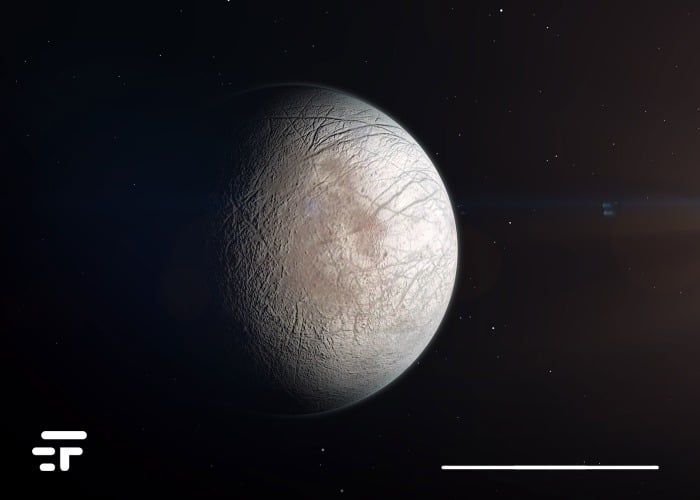In a recent study published in Nature Communications. a research team says there may be hidden alien life on Europa, Jupiter's icy moon. Scientists have identified some underground saltwater pools, which could prove the presence of life on Europa.
The research is only in the initial phase, but the promises are more than interesting; it is worth investigating.
Signs of alien life on Europe
We don't know much about Europe. We know that Jupiter's cold moon is roughly 2000 miles across, and that it is dotted with parallel ridges similar to those of the Greenland ice sheet.
From some observations (obtained via telescope) scientists have obtained evidence of the existence of a probable ocean located about 15 miles below the surface of the moon. Based on this information, experts believe that Europa could host shallow pools a short distance from the surface. As is the case in Greenland, these pools could contribute to the creation of chemicals necessary for the existence of life.
Before moving forward, it is important to specify one detail. The probable alien life that THESE scientists are talking about is not "that of the movies". Rather we are talking about small organisms, mainly bacteria. Other studies suggest more complex life forms, but not this one. The discovery is important not because it proves the existence of aliens, but because it allows us to affirm that life also exists outside Earth.

The mysteries of the moon of Jupiter
As we have said, we do not know all the characteristics of Europe.
There are some mysteries that scientists still can't explain. First of all the enormous double ridges that affect part of the surface, characterized by a maximum height of 300 meters and separated from each other by valleys at least half a mile wide.
Experts don't know what caused them, but this very cause could explain alien life on Europa. The current hypothesis is that the ridges formed in a similar way to what happened in Greenland.
Basically, some pools of underground water froze to fracture the surface in several places. The fractures then created the ridges, transforming the landscape into what we see today.
The same thing could have happened on Europa, assuming the presence of a water source close enough to generate the pools.
This source is none other than the newly discovered underground ocean. Scientists believe this ocean is 40 to 100 miles deep, and they believe it contains double the amount of water as Earth's oceans.
NASA has decided to launch the Europe Clipper mission by 2024, so as to find out if there is actually alien life on Europa.
Very soon therefore, we will know more. The odds are in the scientists' favor, but only time will tell if they are really right.


